Argentina: The Emerging Tornado Hotspot Nobody Saw Coming

Argentina has shocked meteorologists worldwide with tornado reports increasing by 300% between 2020 and 2024, according to the National Weather Service of Argentina. What was once considered a rare weather phenomenon in South America has become an annual concern, particularly in the Pampas region. The combination of changing wind patterns from the Atlantic and Pacific, coupled with increasing temperature differentials, has created perfect storm conditions. Climate models from the University of Buenos Aires predict this trend will accelerate through 2030, with some regions potentially seeing their first EF3 tornadoes. The flat terrain that makes Argentina perfect for agriculture also provides ideal conditions for supercell development, much like the American Great Plains.
Brazil: From Tropical Paradise to Tornado Territory
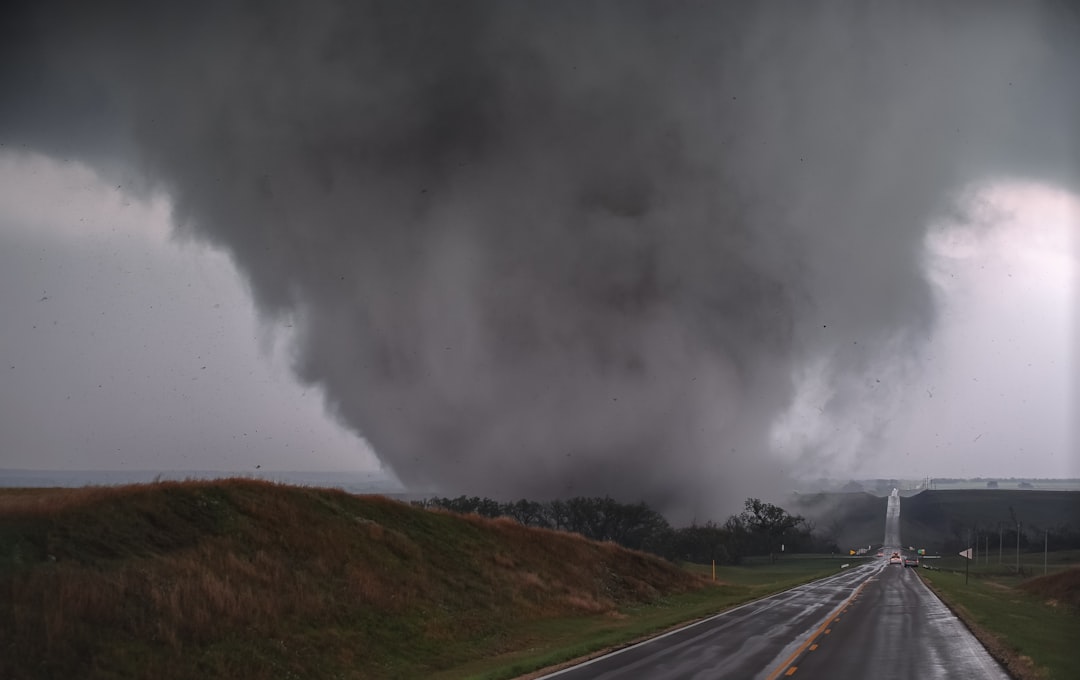
Brazil’s southern states have witnessed a dramatic shift in severe weather patterns, with tornado occurrences jumping from fewer than 10 annually in 2015 to over 45 in 2024, based on data from Brazil’s National Institute of Meteorology. Rio Grande do Sul and Santa Catarina have become unexpected tornado corridors, driven by the interaction between warm, moist air from the Amazon and cold fronts from Antarctica. Research published in the Brazilian Journal of Meteorology in early 2025 indicates that deforestation patterns have altered local wind dynamics, creating more favorable conditions for rotating storms. The economic impact has already reached $200 million in agricultural losses, prompting the government to establish Brazil’s first tornado warning system. What makes this particularly concerning is that most Brazilian buildings aren’t constructed to withstand high winds, unlike structures in traditional tornado-prone regions.
Eastern Australia: When Bushfire Country Meets Tornado Alley
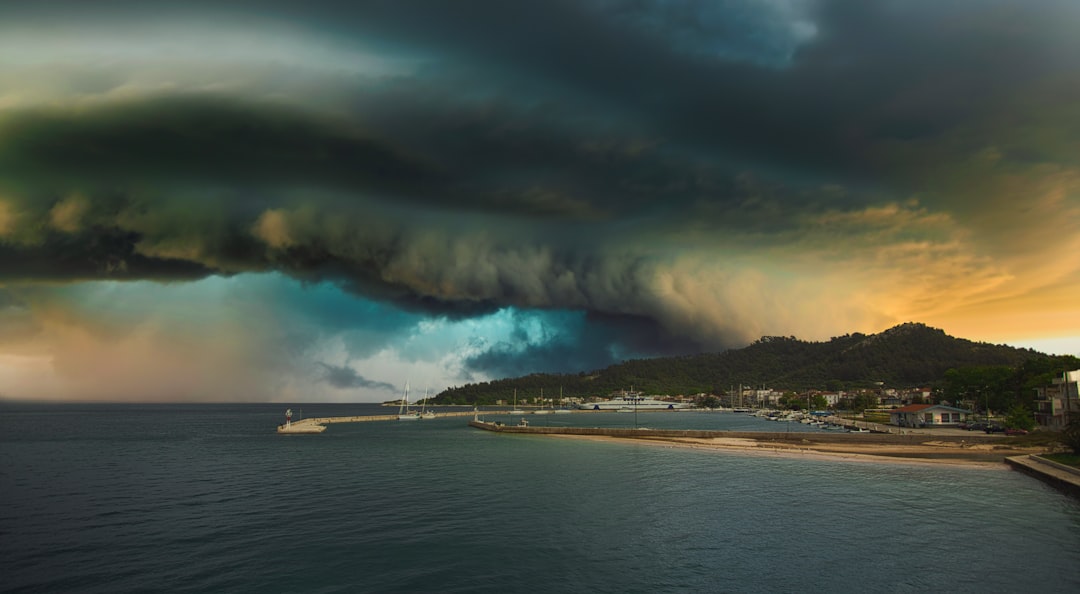
Australia’s eastern states are experiencing an unprecedented surge in tornado activity, with the Bureau of Meteorology recording a 250% increase in confirmed tornadoes since 2022. New South Wales and Queensland have been hit hardest, with some areas now averaging 15-20 tornadoes per season compared to just 3-5 historically. The phenomenon appears linked to extreme heat events that create massive temperature gradients when they collide with cool ocean air masses. Dr. Sarah Mitchell from the Australian Weather Research Centre notes that these aren’t just dust devils—several EF2 and EF3 tornadoes have caused significant property damage near Brisbane and Sydney. Climate projections suggest this trend will intensify as La Niña and El Niño cycles become more extreme, potentially making parts of Australia as tornado-prone as Oklahoma.
Northern India: Monsoon Chaos Breeds Dangerous Storms
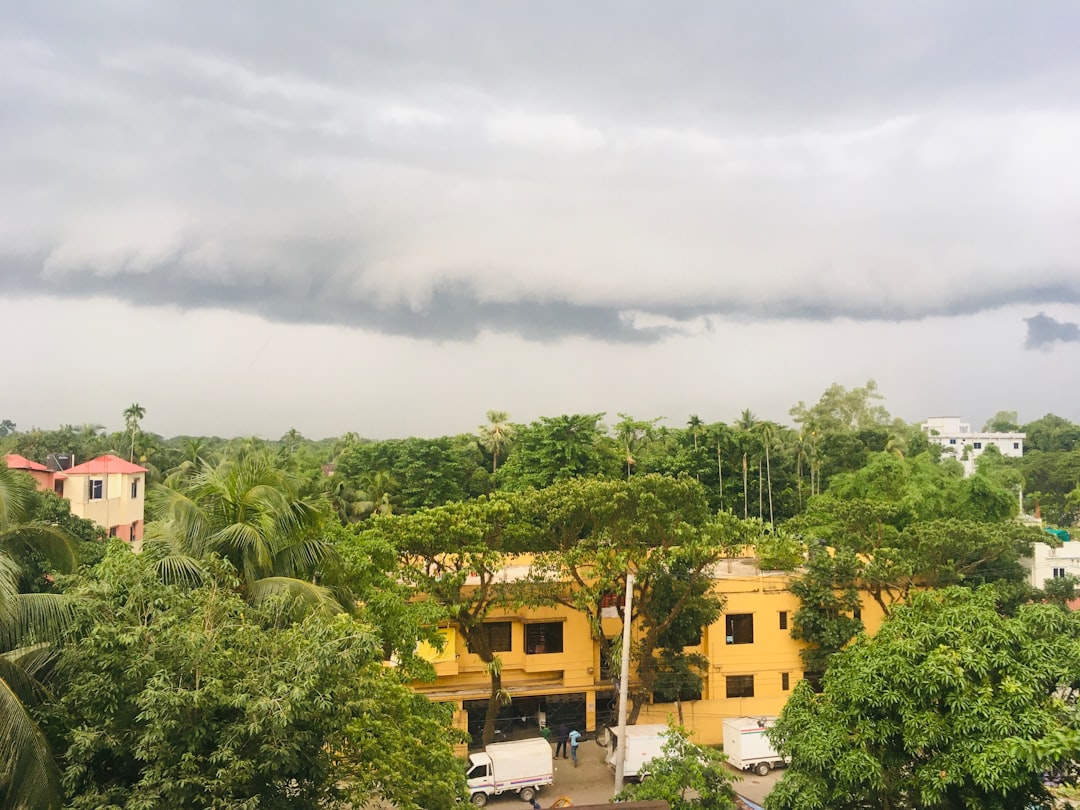
The Indian subcontinent has seen tornado reports multiply by nearly 400% in the past three years, particularly across the Gangetic Plains, according to the India Meteorological Department. States like Uttar Pradesh, Bihar, and West Bengal are experiencing tornadoes during both pre-monsoon and post-monsoon periods, a pattern previously unheard of in the region. The interaction between increasingly intense monsoon systems and urbanization heat islands has created volatile atmospheric conditions that meteorologists are still trying to fully understand. Recent studies from the Indian Institute of Technology suggest that changing jet stream patterns over the Himalayas are contributing to this dramatic shift. With over 400 million people living in the affected regions, the potential for casualties far exceeds anything seen in traditional tornado zones, making this one of the most serious emerging weather threats globally.
Eastern Europe: Poland and Germany Face Unexpected Tornado Surge
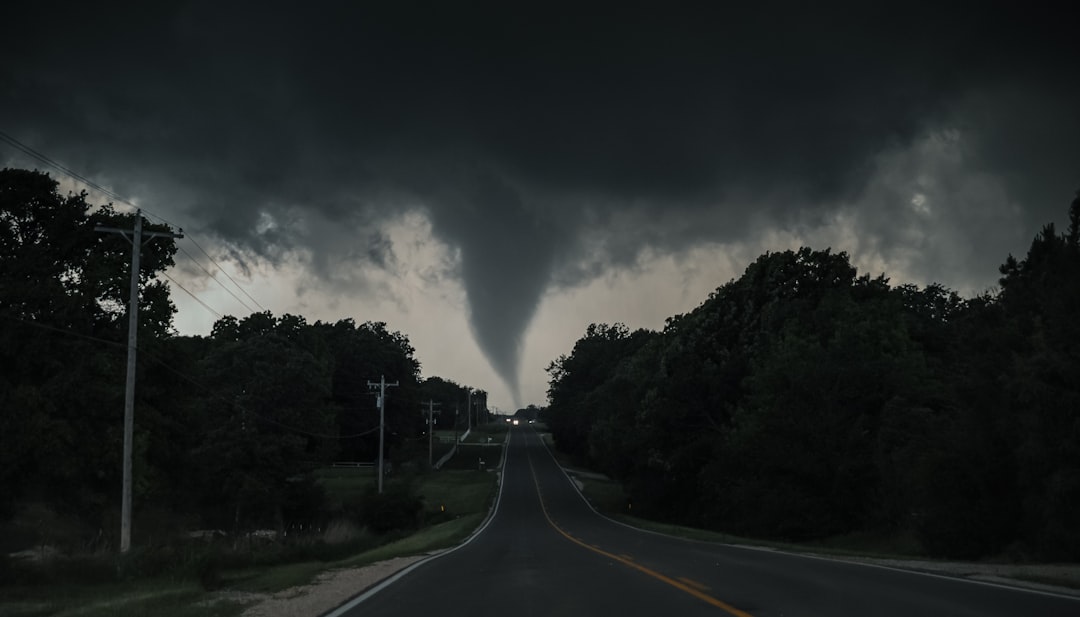
Poland and eastern Germany have experienced a shocking 180% increase in tornado activity since 2023, based on data from the European Severe Storms Laboratory. The region typically saw 2-3 weak tornadoes per year, but 2024 brought over 15 confirmed tornadoes, including several that reached EF2 intensity. Meteorologists attribute this to Arctic air masses colliding more frequently with warm Mediterranean air, creating unstable atmospheric conditions across Central Europe. The German Weather Service has established its first tornado research program, recognizing that traditional European weather patterns are fundamentally changing. What’s particularly alarming is that European buildings and infrastructure were never designed with tornado-force winds in mind, making even weaker tornadoes potentially catastrophic for populated areas.
New Zealand: The Safest Haven in the Southern Hemisphere

New Zealand stands out as remarkably tornado-resistant, with MetService reporting fewer than 2 weak tornadoes annually across both islands. The country’s unique geography, surrounded by stabilizing ocean currents and lacking the flat terrain necessary for supercell development, creates natural barriers to tornado formation. Mountain ranges on both islands disrupt wind patterns before they can develop the rotation needed for tornadic activity. Research from the University of Auckland confirms that New Zealand’s maritime climate and consistent westerly winds make it one of the least likely places on Earth to experience significant tornado activity. Even with climate change accelerating globally, models suggest New Zealand will remain largely immune to the tornado increases affecting other regions.
Switzerland: Mountains as Nature’s Tornado Shields
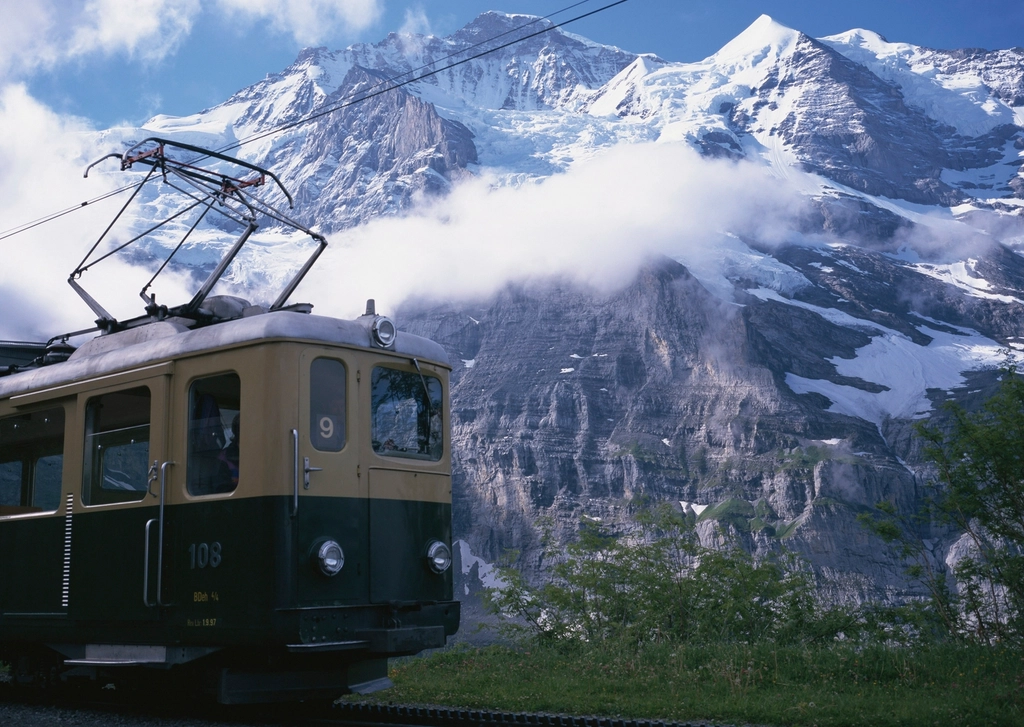
Switzerland’s Alpine terrain makes it nearly impossible for tornadoes to form or sustain themselves, according to the Swiss Federal Office of Meteorology and Climatology. The country has recorded exactly zero tornadoes stronger than EF0 in recorded history, with most “tornado” reports actually being downslope winds or dust devils. The complex mountain topography breaks up any atmospheric rotation before it can organize into a proper supercell. Dr. Klaus Weber from ETH Zurich explains that the Alps act like nature’s tornado defense system, forcing air masses to rise and cool rather than rotate horizontally. Even as Europe faces increasing severe weather, Switzerland’s mountainous geography provides unmatched protection against tornadic storms.
Iceland: Where Volcanic Activity Trumps Tornado Threats
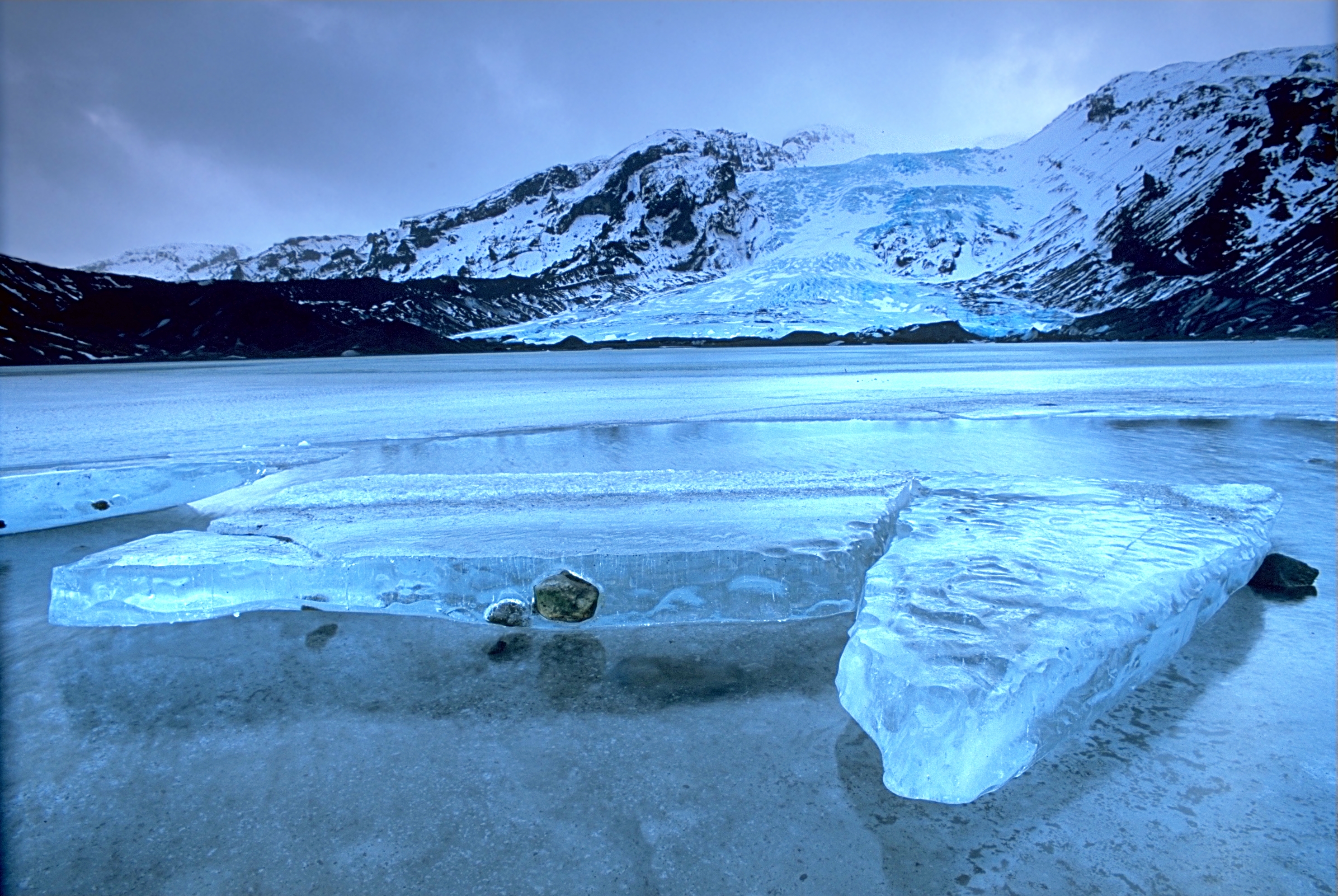
Iceland’s position in the North Atlantic, combined with its volcanic activity, creates atmospheric conditions that actively prevent tornado development. The Icelandic Met Office has never recorded a tornado stronger than EF0, with most weather-related concerns focusing on volcanic ash and extreme winds rather than rotating storms. The constant geothermal activity actually stabilizes the atmosphere by providing consistent heating from below, preventing the dramatic temperature contrasts needed for supercell formation. Iceland’s wind patterns are dominated by predictable North Atlantic weather systems that rarely create the chaotic conditions necessary for tornado genesis. Climate scientists consider Iceland one of the most tornado-proof locations on the planet, with volcanic activity ironically serving as a protective weather moderator.
Norway: Fjords and Arctic Air Create Natural Tornado Barriers
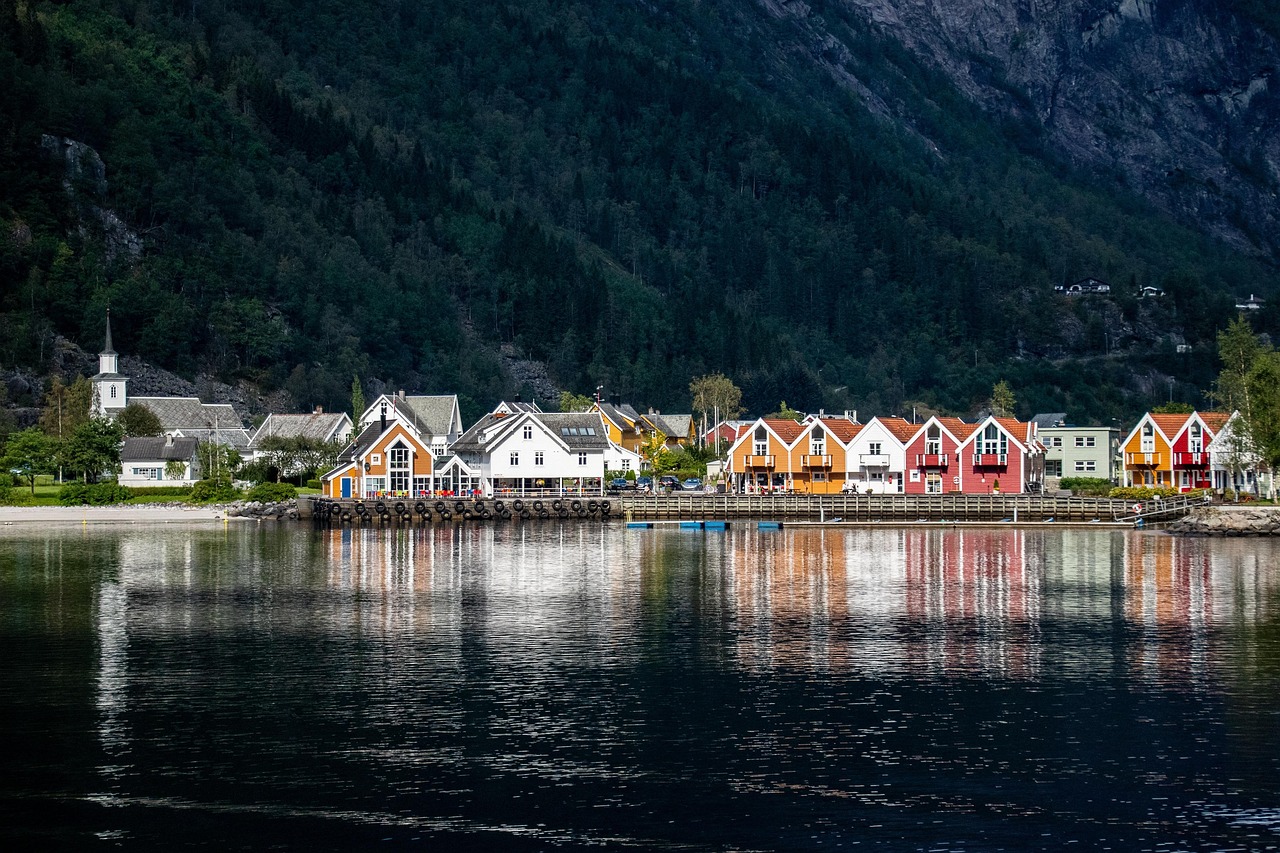
Norway’s complex coastline and Arctic proximity make it exceptionally resistant to tornado formation, with the Norwegian Meteorological Institute recording fewer than one weak tornado every five years. The country’s dramatic topography, featuring deep fjords and steep mountains, disrupts any potential for organized atmospheric rotation. Cold Arctic air masses dominate Norwegian weather patterns year-round, rarely creating the warm-cold air conflicts that fuel tornado development elsewhere. Research from the University of Bergen shows that even during Norway’s warmest summers, atmospheric conditions remain too stable for significant tornado activity. The Gulf Stream’s moderating influence further stabilizes the climate, making Norway one of Europe’s safest countries from severe rotating storms.
Finland: Arctic Stability Prevents Tornado Formation
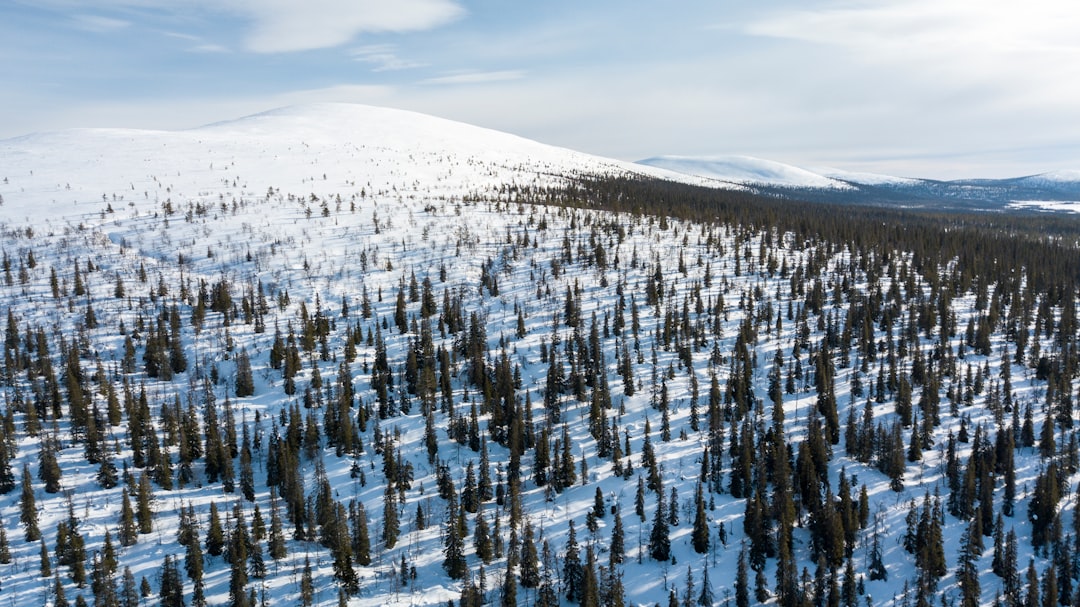
Finland represents the epitome of tornado safety, with the Finnish Meteorological Institute documenting virtually no tornadic activity in the country’s recorded weather history. The nation’s position at high latitude means it rarely experiences the extreme temperature gradients necessary for supercell thunderstorm development. Finland’s relatively flat terrain might seem conducive to tornadoes, but the consistently cool climate and Arctic air influence prevent the atmospheric instability required for rotation. Even during Finland’s brief summer months, temperature differences between air masses remain moderate compared to tornado-prone regions. Climate projections suggest that even with global warming, Finland will likely remain one of the world’s most tornado-free countries due to its Arctic proximity and stable atmospheric conditions.
The Science Behind the Shift: Why Traditional Tornado Patterns Are Changing
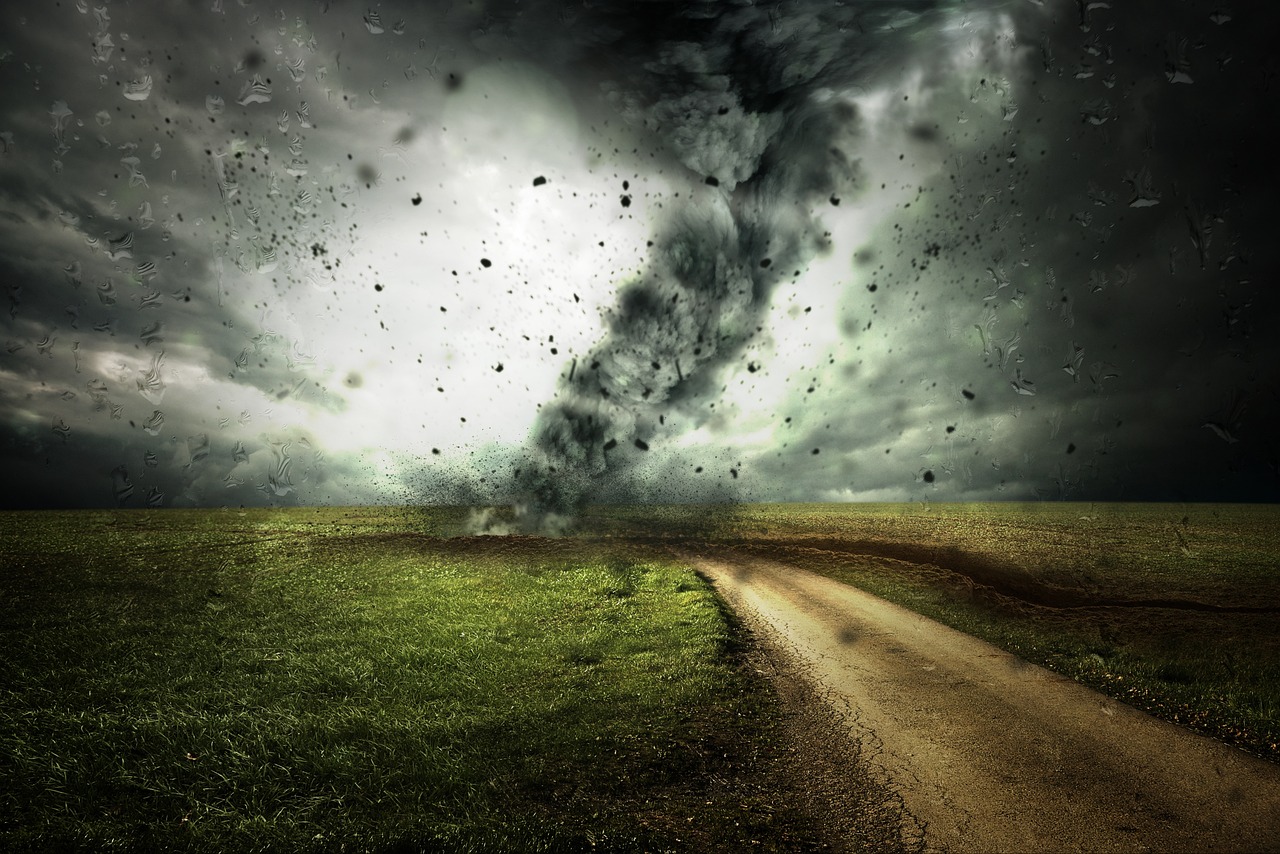
Climate scientists from the World Meteorological Organization have identified several key factors driving tornado activity into previously safe regions. Jet stream patterns are becoming more erratic, allowing Arctic air to penetrate further south while tropical air pushes into higher latitudes, creating unprecedented temperature contrasts. Ocean temperature changes are altering evaporation patterns, providing more moisture and energy for storm development in regions historically too dry for severe weather. The 2024 IPCC report specifically highlighted tornado pattern shifts as one of the most unpredictable aspects of climate change, noting that traditional “Tornado Alley” concepts may become obsolete. Dr. Michael Stevens from the National Center for Atmospheric Research warns that countries need to prepare for severe weather regardless of historical patterns, as the atmosphere is entering uncharted territory.
Conclusion: Preparing for an Unpredictable Future

The tornado landscape is shifting faster than anyone predicted, turning safe zones into danger areas while leaving others remarkably protected by geography and climate. Countries like Argentina and Brazil are scrambling to develop early warning systems and building codes for weather events they never anticipated facing. Meanwhile, nations blessed with natural tornado barriers—mountains, cold climates, or stabilizing ocean influences—find themselves in an increasingly rare position of weather safety. The data shows that preparation and infrastructure matter more than ever, as traditional assumptions about tornado geography crumble in the face of climate reality. Did you expect that the safest countries would be scattered across such different climates and continents?



